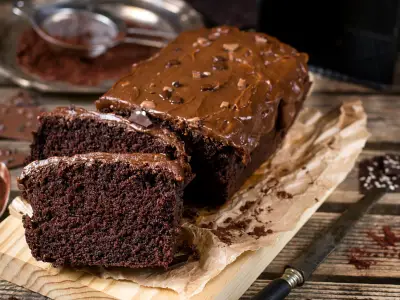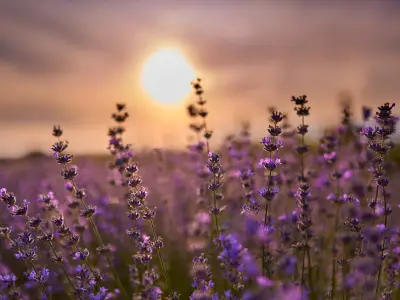Bees are essential pollinators that play an invaluable role within both our immediate food chains and the wider environment. In the United Kingdom alone, there are over 270 species of wild bee. Most people will be familiar with the honey bee and the bumble bee, but there’s actually a lot more to these tiny creatures than meets the eye, and they play a fascinating role.
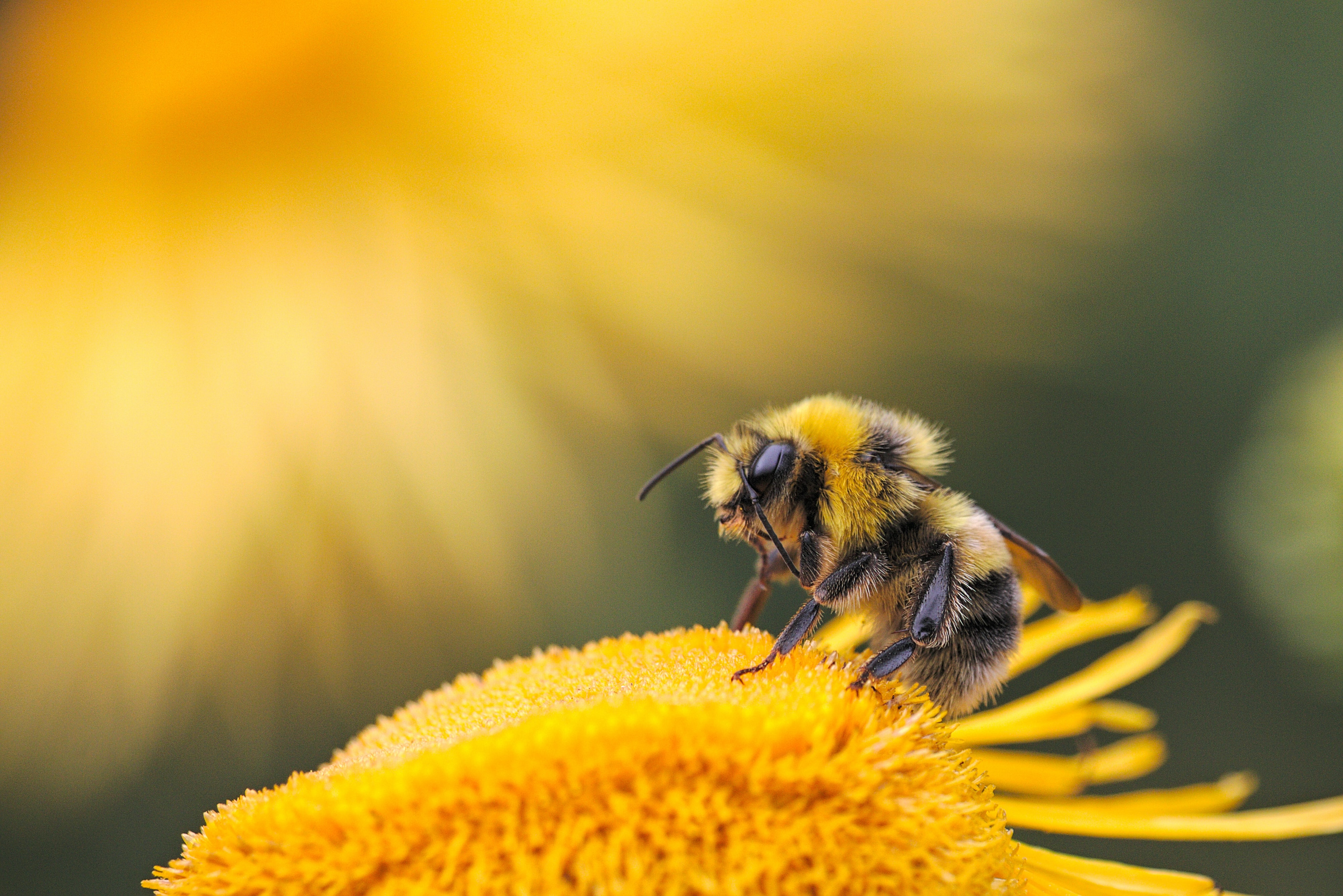
Why Are Bees Important?
Bees are important for many reasons, but their most vital role is that of a pollinator. As they move from flower to flower, collecting nectar and pollen, they transfer pollen grains to other blooms. This fertilises them and allows them to produce fruit and seeds. The reproduction of almost all (if not all) plant species depends upon this pollination process. We’d lose out on most of the fruits, vegetables, and nuts that make up a significant portion of our diets if bees were idle!
Bees also help to maintain biodiversity and healthy ecosystems, and produce honey and other valuable hive products too. This is why it’s so concerning to see global bee populations declining due to habitat loss, pesticide use, and climate change. It's now more important than ever to protect and support these essential insects.
Different Types of Bees in the UK
There are over 270 species of bee in the UK! From the well-known honey bee to the lesser-known mining bee, these adorable little pollinators support UK ecosystems and agricultural production. In this section, we'll take a closer look at some of the most prolific types of UK bee:
Solitary Bees
Lifespan: A few weeks to several months.
Habitat: Live alone in nests that are found in tunnels, wood, or in the ground.
Solitary bees come in a range of shapes, sizes, and colours. As their name suggests, they don't live in large colonies, with each female bee instead building her own nest (often in the ground or in hollow plant stems). Solitary bees are usually smaller than honey bees and bumble bees, and they have distinct physical characteristics including a hairy body, long antennae, and a narrow waist. Some of the most common species of UK solitary bee include the red mason bee, the leafcutter bee, and the tawny mining bee.
Miner Bees
Lifespan: Approximately 6 weeks.
Habitat: Areas with well-drained soil (e.g gardens and lawns).
The miner bee, also known as the mining bee, is a solitary bee species. They’re small in size, typically ranging from 8 to 12 millimetres in length, and have a black or dark brown hairy body and distinctive pale bands of hair on their abdomen. The miner bee's wings are transparent, and they have long antennae and a narrow waist. These bees have unique nesting habits, and live in tunnels in the ground or in the soft mortar between bricks.
Honey Bees
Lifespan: 6 weeks during summer to 6 months during autumn, and up to 5 years for the queens.
Habitat: Hives
Honey bees are the only bee species that makes honey. They are generally small to medium-sized, ranging from 10-20 millimetres long, and have a brown/black hairy body with golden-yellow abdominal bands. Honey bees have two pairs of delicate, transparent wings, and also have large compound eyes and long antennae that help them to navigate their surroundings and find nectar and pollen. Their physical characteristics help them to thrive in a variety of environments, making them a vital pollinator for many UK plant species.
Bumble Bees
Lifespan: Approximately 6 weeks for workers and up to 1 year for queens.
Habitat: Nests in the ground or in abandoned rodent burrows.
Bumble bees are generally larger than honey bees, usually being around 10-23 millimetres long. Instantly recognisable (and extremely cute!), they have a hairy, more robust body with black and yellow stripes on their abdomen. They have two pairs of transparent wings that fold over each other when the bee is at rest. Bumble bees also have very similar compound eyes and long antennae to their honey bee cousins.
Cuckoo Bee
Lifespan: A few weeks to a few months.
Habitat: Areas with abundant flowers and nesting sites (e.g woodlands).
The cuckoo bee is a type of solitary bee found in the UK. Unlike other bees, cuckoo bees do not build their own nests or collect pollen and nectar. Instead, they lay their eggs in the nests of other bee species (often bumble bees) and their young feed on the provisions left for the host bee's offspring. They have a sleek and shiny body that’s typically black or dark in colour, and they’re smaller than most bumble bees.
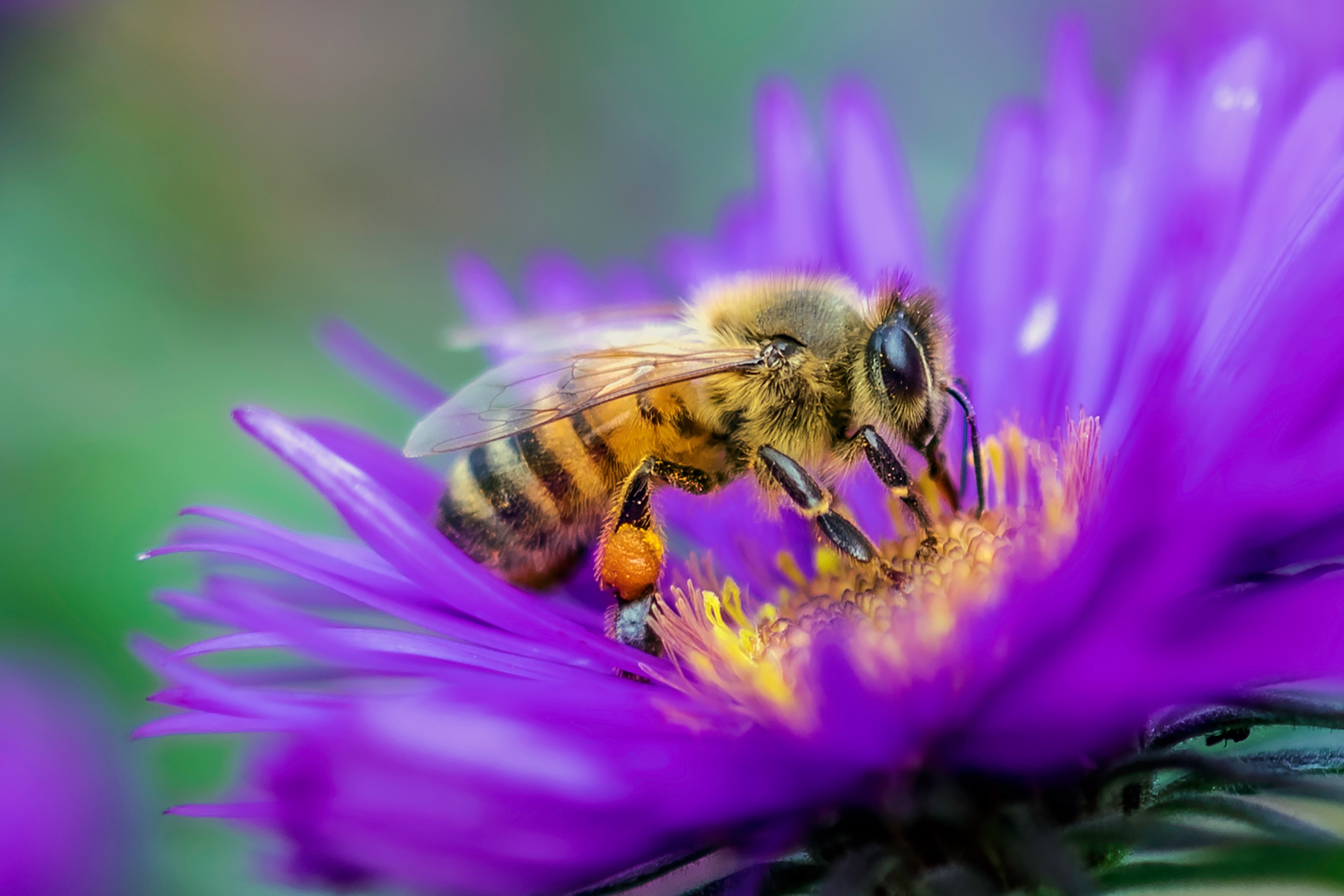
How Long Do Bees Live in the UK?
As mentioned earlier, different species of bee live for different amounts of time. Honey bees tend to live up to a year, with worker bees living for about six weeks during the busy summer months and the queen bee living for up to five years. On the other hand, bumble bees don’t live as long, with worker bees living for just a few weeks, or for up to a year in the case of the queens. Solitary bees also have varying lifespans, with some living for just a few weeks and others for several months.
When Do Bees Come Out in the UK?
UK bees are most active during the spring and summer months, when temperatures are warm enough for them to fly and forage for food. The exact timing can vary depending on the weather, but honey and bumble bees generally begin to emerge in March or April. Solitary bees can also be seen at a similar time, with some species venturing out as early as February. The warmer the weather, the larger - and more active - the bee population.
What Flowers Do Bees Like in the UK?
Bees are attracted to a wide variety of flowers, but some types are particularly popular due to their high nectar and pollen content. One of the most popular flowers for bees is the lavender plant, as the fragrant blooms are rich in nectar. Other bee-friendly flowers include daisies, sunflowers, heather, foxgloves, and bluebells. Fruit trees such as apple, pear, and cherry also produce blossoms that are a valuable source of bee food. In general, bees are attracted to purple, white and yellow single-flower blooms with a strong fragrance and a high sugar content, as these provide them with the energy they need.
Why Do Bees Make Honey?
Bees make honey by collecting nectar from flowers and storing it in their honey stomach. When bees return to the honeycomb, the nectar is then regurgitated, and then processed and dehydrated until it turns into honey. This is then stored and used as a source of food during the winter months, when there are fewer flowering plants.
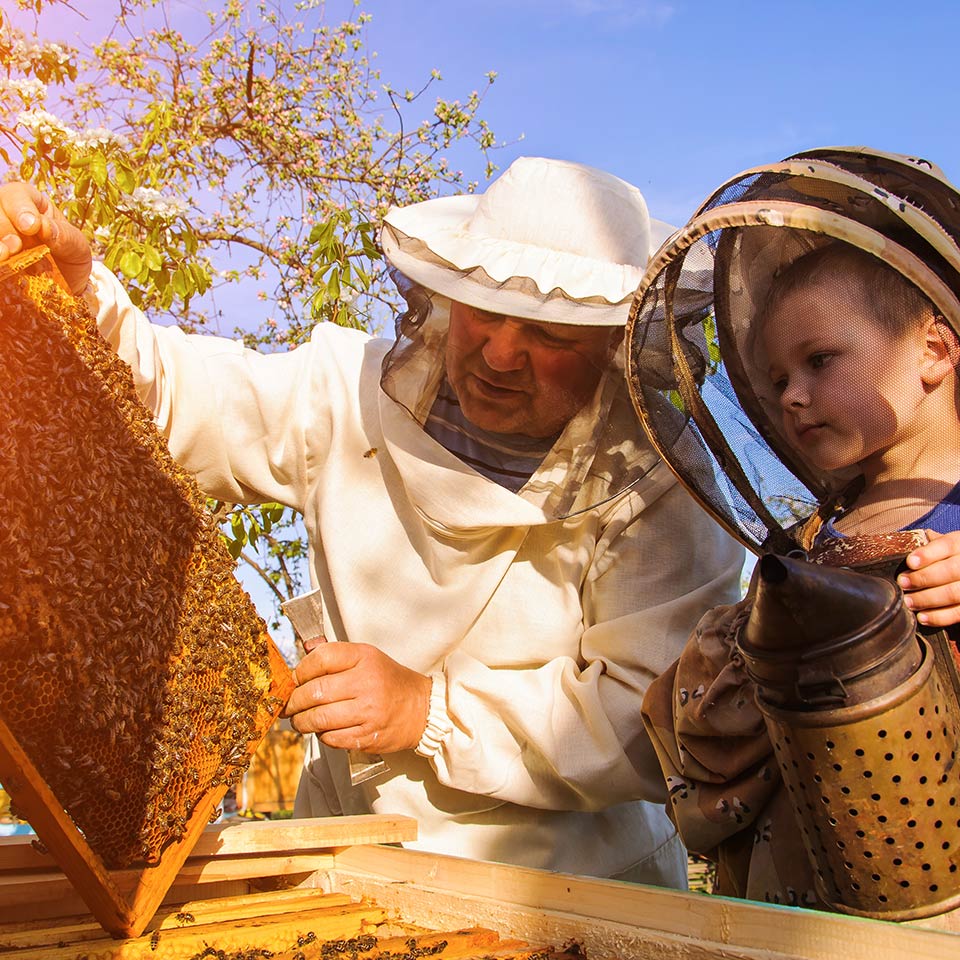
What Do Bees Eat?
Bees primarily eat nectar and pollen that’s collected from flowers. Nectar provides bees with carbohydrates and sugars, while pollen is a source of protein and other nutrients. Bees use their long tongue-like proboscis to collect nectar from flowers, and they store the nectar in their honey stomach before returning to the hive.
Do Bees Die When They Sting?
Honey bees have a barbed stinger that can get stuck in the skin of a stung person (or animal) and, when the bee tries to fly away, the stinger and attached venom sac are left behind. As a result, the bee will then die. However, not all bee species have barbed stingers, and some can sting multiple times without dying. For example, bumble bees have smooth stingers and can therefore sting repeatedly, although they are generally less aggressive than honey bees and only sting when provoked or threatened.
What is Beeswax?
Beeswax is a natural substance that’s produced by honey bees. It’s formed by worker bees in the hive and used to build the honeycomb structure where the bees live, store honey and raise their young. Over the centuries, beeswax has had many uses - including in cosmetics, candles, and various household products - and is a natural alternative to synthetic waxes.
How Many Eyes Do Bees Have?
Bees typically have five eyes: two large compound eyes on the sides of their head, and three smaller “simple” eyes on the top of their head. The compound eyes are made up of thousands of tiny lenses, allowing the bee to see a wide range of colours and detect polarised light. The simple eyes, also known as ocelli, are sensitive to light intensity and help the bee orient itself in flight.
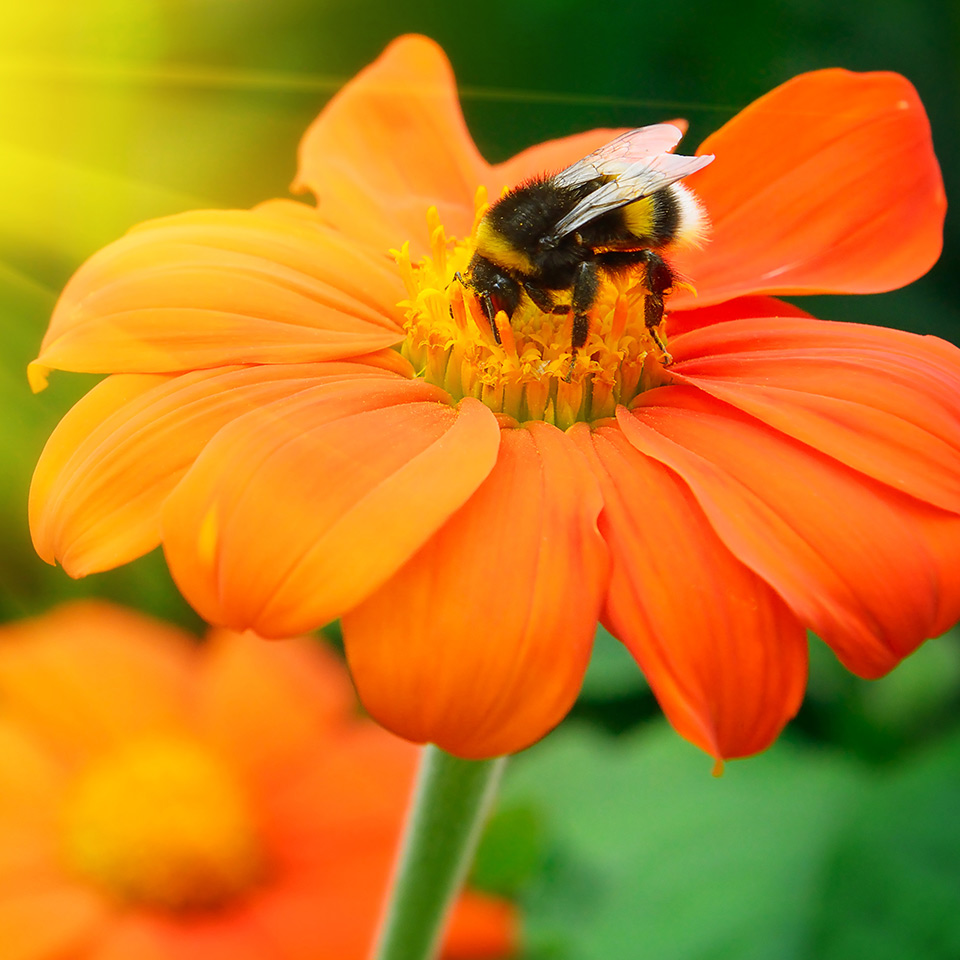
With over 270 species of bees in the UK, it’s vitally important to recognise the diversity of these important pollinators and the threats they face. Climate change, habitat loss, pesticide use, and disease are all playing a large role in the decline in bee populations. However, by taking simple actions such as planting bee-friendly flowers and reducing pesticide use, we can all help protect these invaluable little insects. It’s our responsibility to safeguard the future of these hardworking and important creatures for generations to come!
If you’re interested in learning more, our Natural Beekeeping Diploma Course is available for just £29 for a limited time (reduced from £127). This course provides a comprehensive overview of the importance of bees, shows you how to care for them naturally, and how to create a bee-friendly environment.



